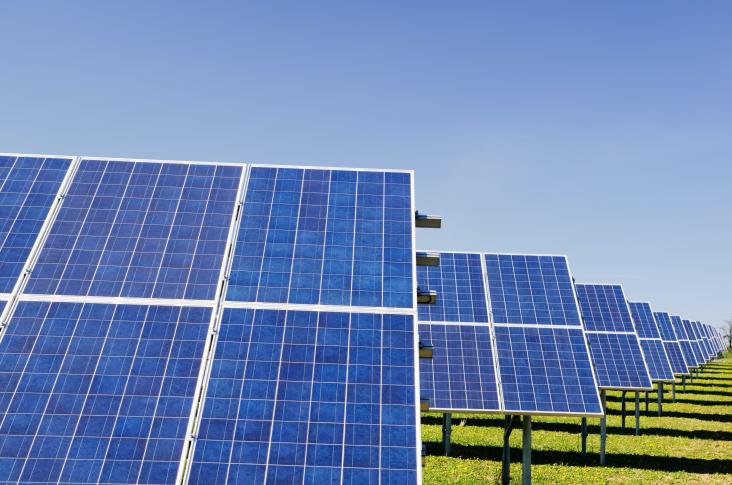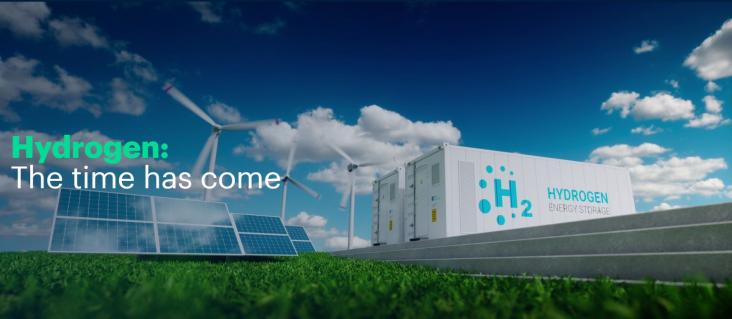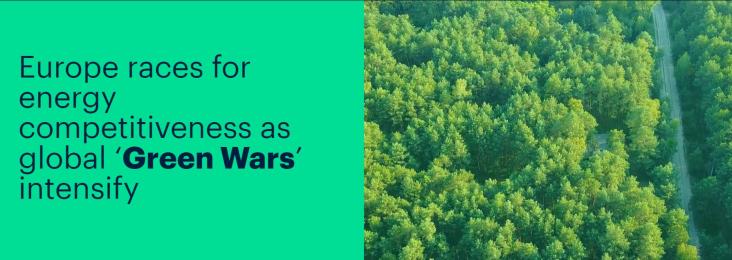
Recognising our customers' exceptional work to achieve the United Nations' Sustainable Development Goals
Heavy duty freight transportation is a key part of global transportation, but is a large contributor to growing CO2 emissions. Here the authors design an on-board system for heavy duty vehicles to capture CO2 as it is released. This supports SDGs 7 (reducing CO2 emissions toward clean energy), 9 (modifications to existing vehicles to mitigate carbon emissions) and 13 (reducing emissions that contribute to climate change).
“From electric vehicles to lifesaving drugs, clean and green tech, to AI and digital technologies – IP can be the vehicle to turn bold new ideas into real world impact” said World Intellectual Property Organisation (WIPO) Director General Daren Tang in a video address to mark World IP Day 2024. This paper proposes a responsible intellectual property (IP) strategy (R-IPS) framework based on five exploratory case studies of sustainable companies in energy, nutrition, consumer electronics, manufacturing and water treatment sectors. These companies responsibly use IP assets to create positive social and environmental impact (or reduce negative impact), and unlock new opportunities for financial (economic) gains.
World Intellectual Property Day 2024 is highlighting the critical importance of intellectual property (IP) in catalyzing the human innovation and creativity needed for achievement of the United Nations Sustainable Development Goals (SDGs). This paper integrates innovation research with intellectual property law to explore how such a systemic collaboration for sustainable innovation should be characterised, and how the intellectual property rights (IPR) system could be shaped to support it. The paper highlights that reaching sustainability objectives depends on system-level innovations; system-level innovation for sustainability calls for new forms of collaboration; current IPR regime limits systemic collaborations for sustainable innovations and new IPR system and tools are needed to facilitate systemic collaboration.
Fossil fuel utilization as an energy resource is the main cause of CO2 emission; therefore, a new energy economic concept is required to achieve carbon neutrality to mitigate climate change impacts. Here, the authors propose a green-alcohol (green-ol) economy wherein green-ol, a major chemical used in CO2 recycling, can serve as fuel for land (e.g. ethanol) and air transport (e.g. butanol), and as a liquid organic hydrogen carrier (LOHC, e.g. methanol) for green hydrogen.

To mark the 50th Anniversary of World Environment Day on 5 June 2023, Elsevier proudly presents a curated list of publicly available journal articles and book chapters in support of this year's theme “Solutions to Plastics Pollution”. Please share and download.
This chapter advances UN SDG goals 7 and 13 by providing an overview of the current prospects and challenges involved in scaling low-carbon H2 production in Europe.

As the world scrambles to reach net-zero emissions by 2050, hydrogen has emerged as a potential silver bullet to help mitigate climate change. Hydrogen has been in consideration as a potential aid to decarbonization for over 50 years. However, it is only now that it has gained traction in government strategies, business plans, and the media. But what makes the attention given to hydrogen in the 2020s different from the 1970s? This article relates to SDGs 7 and 13.
Elsevier,
Wind Energy Engineering (Second Edition), A Handbook for Onshore and Offshore Wind Turbines, 2023, Pages 475-487
This chapter aligns with Goals 7, 9 and 12 by assessing the interconnections between - and environmental implications of - wind energy development and use of rare earth elements.

This article, relating to SDGs 7 and 13, details Europe's race to maintain its position as a leader in renewable energy as global green wars intensify. Although Europe is investing heavily in new green technologies, they face significant challenges including increasing competition from countries like China and the US, as well as political and economic challenges.
